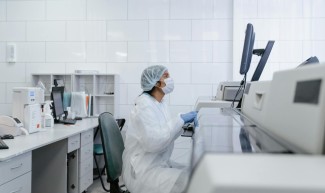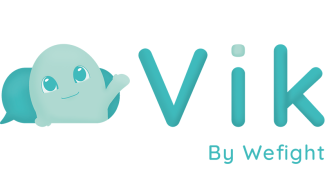Created in 2022, GENOV’s Technological Innovation Unit (TIDU) focuses on the development of gene and cell therapy strategies for severe adult and childhood neurodegenerative diseases such as amyotrophic lateral sclerosis, as well as pediatric overload diseases (genetic leucodystrophies and mucopolysaccharidoses).
The TIDU GENOV is made up of a dozen people, research engineers, study engineers, assistant engineers, doctoral students, clinicians and neurosurgeons and every year welcomes master’s students as well as alternating contracts.
The GENOV method
GENOV develops its own research projects with the objective of establishing a proof of concept of the interest of the chosen therapeutic target, most often in the mouse model of pathology. Thereafter, the translational steps of efficacy and tolerance are carried out, followed by toxicology studies to provide the regulatory data to be submitted to the National Medicines Agency (ANSM) or equivalent in other countries with a quality traceability system.
Some projects of the TIDU GENOV
At present, three flagship projects are under development by TIDU GENOV:
- an intravenous gene therapy approach for type IIIB mucopolysaccharidoses (in collaboration with J.Ausseil team from the Toulouse CHU)*,
- a collaborative Release Therapeutics* approach to cell therapy by encapsidation in overload diseases with the goal of a Q1 clinical trial in 2026
- 2 approaches to gene therapy in Pelizeus Merzbacher disease
In order to achieve these preclinical steps as close as possible to what will be done in the clinic, the GENOV TIDU has developed expertise in the field of delivery pathways to optimize the targeting of the central nervous system by intracerebral means (Medtronic neuronavigation system and Orchestra Clearpoint system, GENOV is thus the only European preclinical laboratory invested in the project), intrathecal, intraventricular, intravenous…
The team is also developing tools for the entry of therapeutic molecules into the brain (venous delivery vectors, optogenetics, use of microglia as a therapeutic vector, use of ultrasound to improve the passage of the vector blood-brain barrier) as well as specific tools for gene therapy and optimization of delivery routes.
* Patents filed in January 2024.







